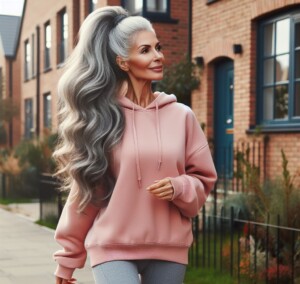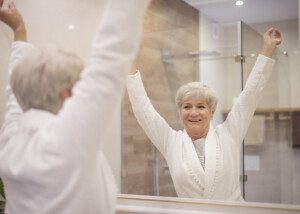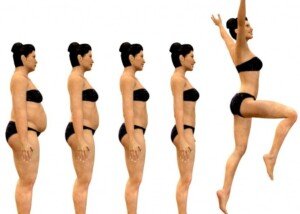There are several reasons why exercising alone, if you’re older, can result in a much more effective result for your body.
A study conducted by researchers from Nanyang Technological University, Singapore has revealed that older adults who exercise with their spouse tend to achieve lower physical activity levels compared to those who exercise alone.
The study, involving 240 participants between 54 and 72, was led by Dr. Sapphire Lin.
Study Overview
The NTU Singapore researchers aimed to understand how exercising with a spouse and receiving personalized feedback from fitness trackers affects physical activity levels in older adults.
The participants were all married, living with their spouses, and were divided into four groups.
1. Couples Exercising Together with Feedback: 30 couples received real-time fitness feedback.
2. Couples Exercising Together without Feedback: 30 couples did not receive feedback.
3. Individuals Exercising Alone with Feedback: 60 individuals received feedback.
4. Individuals Exercising Alone without Feedback: 60 individuals did not receive feedback.
The study tracked various metrics such as the number of steps taken, heart rate, distance covered, calories burned, minutes of activity and sleep data over a 12-week period.
Lower Physical Activity in Couples Exercising Together
The study found that couples exercising together had lower mean and median step counts, and less frequently met higher daily step thresholds of 7,500, 10,000 and 15,000 steps.
This is in contrast to earlier studies suggesting positive effects when older adults exercise with a peer.
Dr. Lin noted that older couples have well-established routines that may not include joint exercise, and changing these routines can be challenging.
This can lead to a demotivating effect, making it harder to incorporate regular physical activity into their lives.
Personalized Feedback Increases Activity Levels
Participants who received real-time feedback on their fitness trackers achieved daily step counts of 7,500 and 10,000 more frequently than those who did not receive feedback.
The researchers explained that personalized feedback helps highlight discrepancies between current and desired activity levels, boosting motivation by reinforcing the ability to achieve set goals.
However, feedback did not significantly affect the achievement of lower step counts of 5,000 steps or higher counts of 15,000, as these targets were either too easy or too difficult to motivate change.
Exercising Alone As an Older Adult May Be just what the Doctor Ordered
Dr. Lin emphasized that individual routines are easier to adjust without the additional complexity of coordinating with a partner’s habits.
Another point to consider, which this study did not investigate, is the disparity in physical abilities that could contribute to the lower fitness levels of senior age couples who exercise together.
For example, suppose both parties are out of shape.
However, one is much taller and thus, moves faster.
For their exercise, they decide to walk around a lake together.
In order to remain side-by-side, the tall one will need to walk slower — too slowly to induce a cardiorespiratory training effect.
To solve this issue, they can separate, in which the tall person will get increasingly further ahead.
This problem can also occur with similar-height individuals, in which one is fitter than the other and would need to walk faster to get their heart rate up.
A second issue, that supports the idea that working out alone is more effective than with one’s spouse, is that pairing up will very likely lead to conversation.
Conversation can easily detract from focus and effort with the exercise, resulting in an output that’s less than what the individual is capable of — meaning less of a training effect.










































